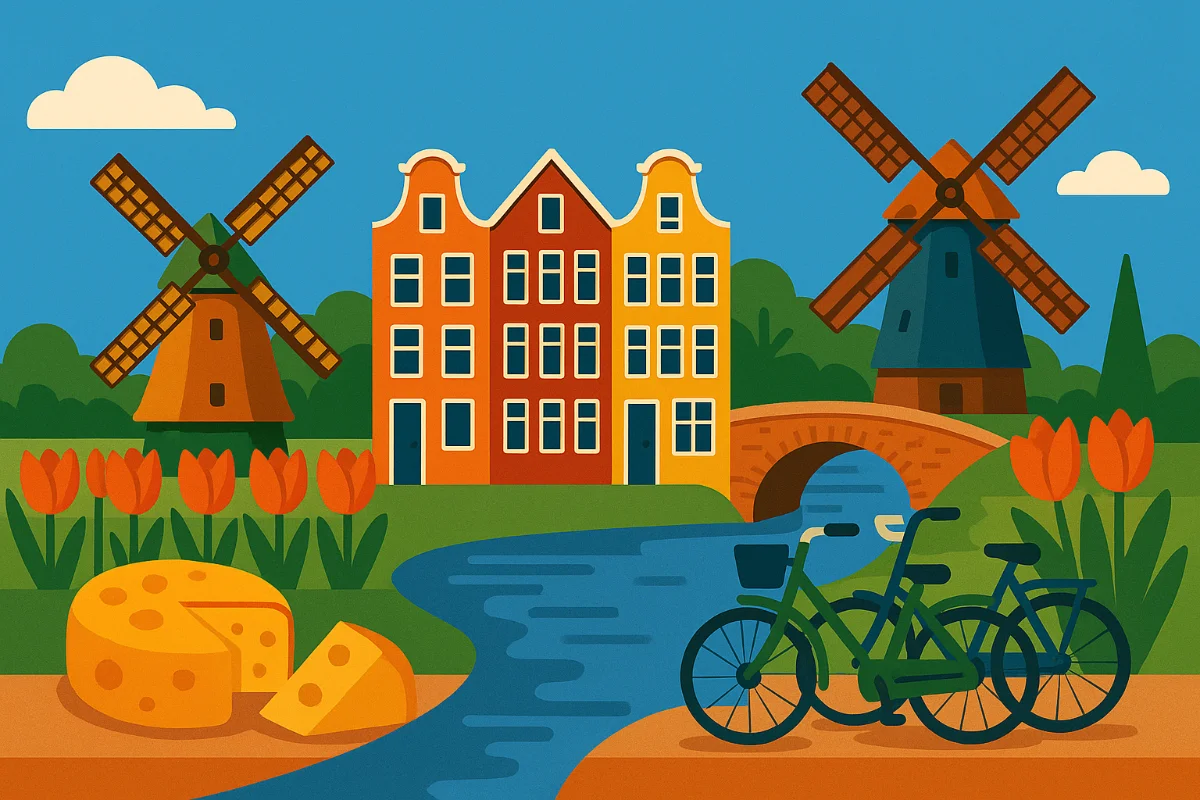Regular Verbs - Present Tense (A1)
Most Dutch verbs follow a regular pattern in the present tense.
The Rule:
- Find the infinitive (the dictionary form, usually ending in
-en, e.g.,wonen- to live,maken- to make). - Find the stem by removing
-enfrom the infinitive (e.g.,won-,mak-). - Add the correct ending to the stem based on the subject:
- ik: stem
- jij / je: stem + t
- u: stem + t
- hij / zij / het: stem + t
- wij / we: infinitive (stem + en)
- jullie: infinitive (stem + en)
- zij / ze: infinitive (stem + en)
Example: wonen (to live)
- Stem:
woon - ik woon
- jij woont
- u woont
- hij woont
- wij wonen
- jullie wonen
- zij wonen
Important Spelling Rules:
- Stem ends in
v-> changes tof:
leven(to live) -> stemleev->ik leef(not leev)
- Stem ends in
z-> changes tos:
reizen(to travel) -> stemreiz->ik reis(not reiz)
- Double vowel in infinitive, single in stem -> Add
tas usual:
maken(to make) -> stemmaak->jij maakt
- Single vowel in infinitive, double vowel needed for sound -> Double it in the stem:
- This rule applies more to forming the stem itself if the syllable structure changes, but less directly to present tense endings. A better A1 focus is the
f/vands/zchange.
Question Form (jij): When asking a question with jij, the -t is dropped from the verb: Woon jij in Delft? (NOT Woont jij...)

